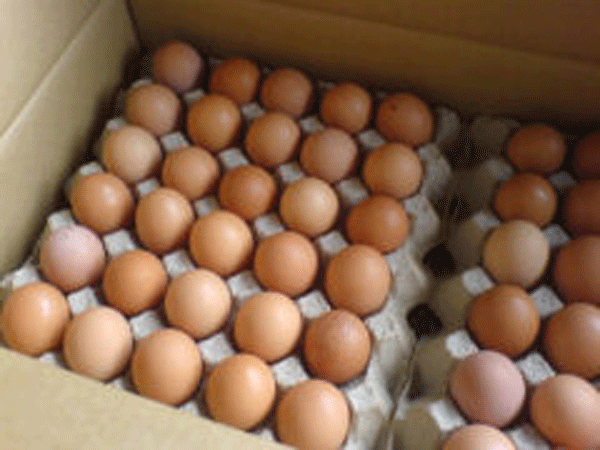
BY MTHANDAZO NYONI
THE egg producing industry grew by 27% to 15,09 million eggs in the first quarter of this year compared to the same period last year, largely driven by small-scale producers, the Zimbabwe Poultry Association (ZPA) has said.
In his latest industry update, ZPA chairperson Solomon Zawe said egg production was estimated to have risen by 10% to 5.03 million dozen per month in the first quarter to March, an increase of 27% over the same period last year, surpassing the previous peak production realised in 2016.
He said large-scale growing and in-lay layer production stocks remained relatively static at 1,2 million birds in the first quarter and 1,1 million birds for the period April and May.
“Large-scale table egg production remained static at 1,93 million dozen per month in the first quarter compared with the fourth quarter of 2019,” Zawe said.
“In contrast, small-scale table egg production is estimated to have increased by a further 17% to 3.10 million dozen per month in the first quarter, an increase of 59% over the first quarter of 2019.”
The wholesale price of a tray of 30 table eggs increased by 55% in the first quarter and 81% over April and May, reaching $154.81 in May.
The price of a tray of eggs indexed to United States dollars increased by 11% in the period under review and 2% over the period April and May to US$2.69.
- Chamisa under fire over US$120K donation
- Mavhunga puts DeMbare into Chibuku quarterfinals
- Pension funds bet on Cabora Bassa oilfields
- Councils defy govt fire tender directive
Keep Reading
Zawe said the national lockdown and movement restrictions due to the Covid-19 pandemic disrupted farmer access to chicks and feed.
“Although these have been relaxed to some extent, demand for broiler meat and table eggs is expected to remain subdued going into the second half of 2020 due to hyperinflation, coupled with restrictions on mobile money transfers,” he added.
“Traders are preferring payments in US dollars, putting further strain on demand for poultry products.”
On the input side, Zawe said poor local and regional maize and soyabean harvests as well as the current ban on the import of soyabeans and meal would put upward pressure on feed costs during the second half of the year.
He said statistics show limited importation of poultry products given the low domestic retail prices in US dollar terms.
“However, going forward, the reduced viability of local production is likely to lead to withdrawal from the poultry sector, especially by small to medium-scale farmers who depend on purchased feeds,” he said.
“This will likely lead to an upsurge in both legal and illicit imports of cheap poultry products.”











